Posted on 12/8/2025
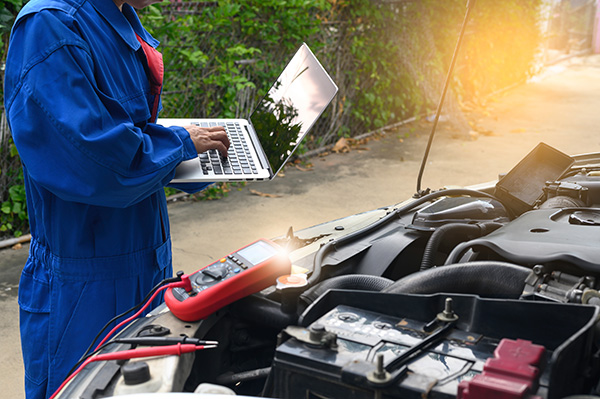
When an engine starts to shake, you feel it in the seat, steering wheel, or even through the floor. Sometimes it shows up only at stoplights, other times it gets worse as you accelerate or brake. That shaky feeling is more than an annoyance; it is usually a sign that something in your vehicle needs attention. It is important to address it before it becomes a bigger repair. 1. Worn or Broken Engine or Transmission Mounts The engine and transmission are mounted to the vehicle using rubber insulators molded into metal brackets. There is actually no metal to metal connection between the engine, transmission and differential and the frame of the vehicle. The part of the mount that is attached to the engine is completely suspended in rubber within the engine mount. The metal provides the structure while the rubber between absorbs vibrations and shocks from putting the car in gear, hitting bumps, and hard acceleration or braking. The engine mou ... read more
Posted on 10/15/2025

If your Hyundai feels slow to respond when you press the gas pedal, the issue may lie within the engine or fuel system. Hesitation during acceleration can point to clogged fuel injectors, dirty air filters, or failing ignition coils. On newer models, this symptom could also be caused by faulty sensors sending the wrong data to the engine control unit, resulting in an improper fuel-air mixture. Drivers often notice this issue during highway merging or uphill driving, when the engine is expected to deliver more power. If it feels like your vehicle is holding back, it may be time to have the engine checked. Smoke or Unusual Smells Blue smoke often indicates that the engine is burning oil, while white smoke could point to coolant entering the combustion chamber. Both are signs of internal leaks that need immediate attention. Smoke coming from under the hood is never a good sign. Burning smells may also come from oil leaking onto hot engine components. These ... read more
Posted on 9/15/2025

The Dodge and Ram ProMaster is a versatile work van built for hauling cargo, making deliveries, and transporting equipment. Whether you use it for contracting, logistics, or other commercial work, your ProMaster faces heavier demands than a typical passenger vehicle. Its engine and transmission works harder, runs longer, and handles heavier payloads, which makes proper maintenance and quality repairs more important than ever. Unlike smaller vehicles, commercial vans like the ProMaster are designed to withstand high mileage and demanding workloads. However, these capabilities don’t make the engine invincible. Learn how to get the most out of your ProMaster investment here. Prioritize Oil Changes for Long-Term Engine Health The ProMaster’s engine is under constant stress from frequent starts and stops, long idling times, and heavy towing or hauling. Because of this, its oil works harder than in most vehicles. Over time, heat, friction, and contaminan ... read more
Posted on 7/22/2025

Land Rover and Range Rover vehicles are known for their luxury, off-road capabilities, and powerful performance. However, they can be expensive to repair. By understanding some of the most common engine issues and taking preventive steps, you can enjoy a smoother, more reliable experience and save some money in the process. 1. Timing Chain Problems Many Land Rover and Range Rover models use timing chains instead of timing belts. While timing chains are designed to last longer, they slide against oil coated guides which can wear out and cause a loss of tension, especially if oil changes are delayed. A failing timing chain can cause rattling noises, poor engine performance, or even complete engine failure if it jumps on the sprockets or breaks. Regular oil changes and inspections help keep the chain properly lubricated and catch early signs of wear before they turn into major repairs. 2. Coolant Leaks Coolant leaks are a common issue in these vehicle ... read more
Posted on 6/15/2025
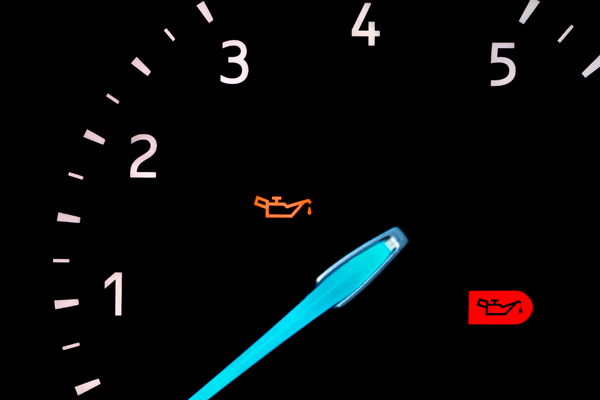
When an oil light appears on your dashboard, it’s never something to ignore. That small icon, shaped like an old-fashioned oil can, can represent several different issues, each with varying levels of urgency. Understanding what these warnings mean helps you respond appropriately and avoid serious damage to your engine. Here we will address: What is the difference between a red and yellow oil light?What does it mean if my oil light is flashing?When is it just low or just maintenance and when is it critical?Can I drive when my oil light is on? Will I blow my engine? Even if your vehicle seems to be running fine, a glowing or flashing oil light should always be treated seriously. It’s often one of the first indicators that your engine is at risk. Yellow Oil Light A yellow oil light typically indicates low oil level. Many modern cars are now equipped with electronic oil level sen ... read more
Posted on 2/24/2025
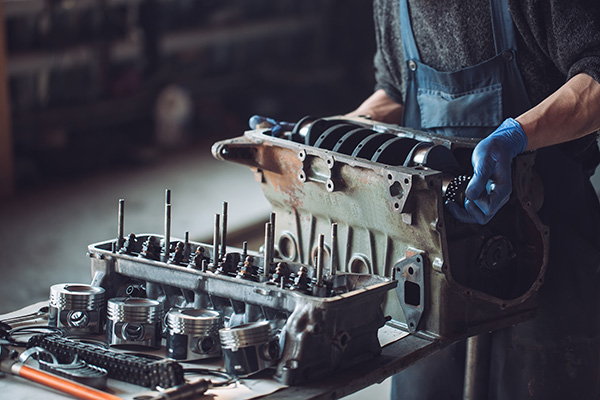
No car engine lasts forever. Over time, wear and tear take a toll on vital components, leading to performance issues, excessive oil consumption, or even complete engine failure. While minor problems can often be fixed with standard repairs, there comes a point where an engine overhaul is the only practical solution. But how do you know when that time has come? Recognizing the signs of a failing engine early can help you make an informed decision before you find yourself stranded with a car that won’t start. Signs Your Engine May Need an Overhaul Engines give off plenty of warning signs before they reach the point of complete failure. Ignoring these symptoms can lead to more damage and higher repair costs. If you notice any of the following issues, it might be time to consider an overhaul. Persistent Loss of Power Engines lose efficiency as they age, but if your car struggles to accelerate, feels sluggish, or has difficulty maintaining speed, i ... read more
Posted on 10/23/2024
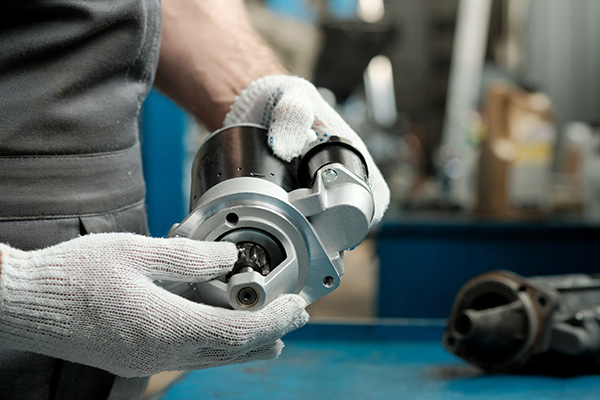
Starting your car is something most of us take for granted. You turn the key or press the button, and the engine roars to life. But what happens when you turn the key and nothing happens? One possible culprit could be a failing starter motor. The starter motor is responsible for cranking the engine, and when it goes bad, you’ll find yourself stuck with a vehicle that just won’t start. So, how can you tell if your starter motor is on its way out? For a video on how the electrical system and starter motor works, skip to the bottom of this page.1. The Engine Won’t Turn Over This is perhaps the most obvious sign. When you attempt to start your car and the engine won’t turn over, it's likely that the starter motor isn't working. You might hear a clicking noise, which is often a sign that the starter is trying but failing to engage. In some cases, you w ... read more
Posted on 9/10/2024
.jpeg)
You're cruising down the open road, the wind in your hair and the hum of the engine beneath you. But amidst this motion, a question lingers: When was the last time you treated your vehicle to a transmission flush? How Often Should You Flush Your Transmission? The first order of business in the transmission flush saga is deciphering the ideal frequency for this maintenance procedure. While opinions may vary among experts, a general consensus suggests that a transmission flush is typically recommended every 30,000 to 60,000 miles. However, it's essential to consult your vehicle's owner's manual and consider factors such as driving habits, terrain, and the age of your vehicle when determining the appropriate interval for a transmission flush. The Importance of Transmission Flush Now, let's shine a spotlight on the significance of a transmission flush in maintaining the health and longevity of your vehicle's transmission s ... read more
Posted on 6/13/2024
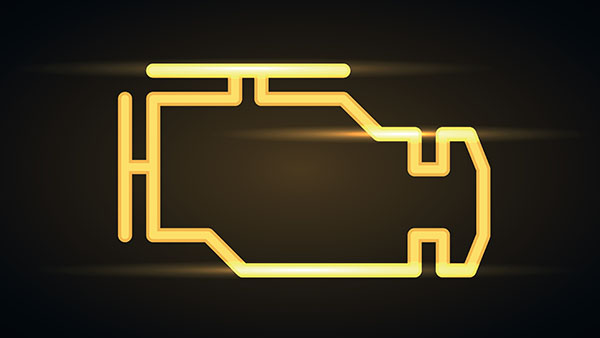
You're cruising down the highway on your way back home, when suddenly, the dreaded check engine light illuminates on your dashboard. It's a common scenario that leaves many drivers feeling anxious and uncertain. But what does a free check engine light scan really mean? And do you still need to have a shop diagnose your problem? Check Engine Light - Decoding the Signal The check engine light serves as a warning system, alerting drivers to potential issues with their vehicle's engine or emissions system. When this light comes on, it's essentially your car's way of saying, "Hey, something's not right." However, it's important to note that the check engine light doesn't pinpoint the exact problem; it simply indicates that there's a fault code stored in the vehicle's onboard diagnostic system. Free Check Engine Light Scan - What Does It Really Mean? Many auto parts stores and repair shops offer fr ... read more
Posted on 4/5/2024
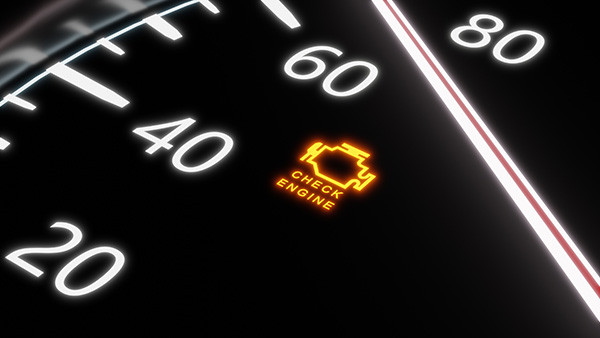
When the check engine light comes on while driving, does panic set in? Is it a minor issue, or could it spell trouble for your vehicle? Should you opt for a free scan or invest in a professional diagnosis? For a video on what the various vehicle warning lights mean, skip to the bottom of this page. What is The Check Engine Light For The check engine light serves as your vehicle's early warning system, indicating potential issues with the engine, transmission, or emissions system. When it illuminates, your car's onboard computer has detected a problem, prompting a diagnostic trouble code (DTC) to be stored in its memory. While the light itself doesn't pinpoint the exact issue, it signals the need for further investigation. The Risks of Ignoring the Check Engine Light Ignoring the check engine light might be tempting, but it can result in more severe and ex ... read more